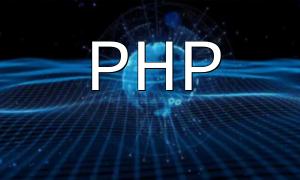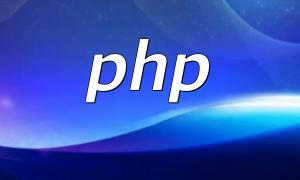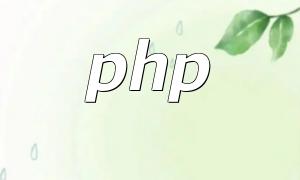With the continuous advancement of internet technologies, real-time data visualization has become widely applied across finance, IoT, transportation, and other fields. WebSocket, as a network protocol that supports bidirectional communication, plays a crucial role in achieving efficient, low-latency data transfer. This article provides a systematic introduction to the practical use of WebSocket in real-time data visualization along with ready-to-use code examples.
WebSocket is a full-duplex communication protocol that establishes a persistent connection between the client and server, enabling real-time bidirectional data transmission. Compared to the traditional HTTP protocol, WebSocket has lower latency and higher efficiency, making it ideal for real-time data interaction.
Real-time data visualization refers to the process of displaying data generated in real-time through charts, maps, dashboards, and other visual methods, allowing users to quickly understand trends and relationships. In scenarios such as financial trading, IoT monitoring, and traffic management, real-time data visualization supports faster decision-making and improves operational efficiency.
Data Push
WebSocket allows the server to actively push data to the client. In real-time data visualization, when new data is generated, the server can push it to the client via WebSocket, and the client can immediately update the visualization charts.
Two-Way Communication
WebSocket supports two-way communication, enabling the client to send requests to the server, and the server to return data to the client. This mechanism supports dynamic interaction on the visualization interface, such as requesting specific datasets or triggering updates.
Below is an example using JavaScript and Node.js to implement real-time data visualization.
const WebSocket = require('ws');
const wss = new WebSocket.Server({ port: 8080 });
wss.on('connection', (ws) => {
console.log('New client connected');
// Send random data to client every 1 second
const interval = setInterval(() => {
const data = Math.random();
ws.send(data.toString());
}, 1000);
ws.on('message', (message) => {
console.log(`Received message: ${message}`);
});
ws.on('close', () => {
console.log('Client disconnected');
clearInterval(interval);
});
});const socket = new WebSocket('ws://localhost:8080');
socket.onopen = () => {
console.log('Connected to server');
};
socket.onmessage = (event) => {
const data = event.data;
// Update visualization chart here
console.log(`Received data: ${data}`);
};
socket.onclose = () => {
console.log('Disconnected from server');
};With this code, the server pushes random data to the client, and the client can process and visualize the data as needed. In real projects, developers can customize data processing and chart rendering according to specific requirements.
WebSocket, as an efficient bidirectional communication protocol, offers significant advantages in real-time data visualization. By enabling real-time data push and two-way communication, it allows dynamic data display and interactive user experiences. The practical methods and code examples provided in this article can help developers quickly apply WebSocket in real-time data visualization projects.









